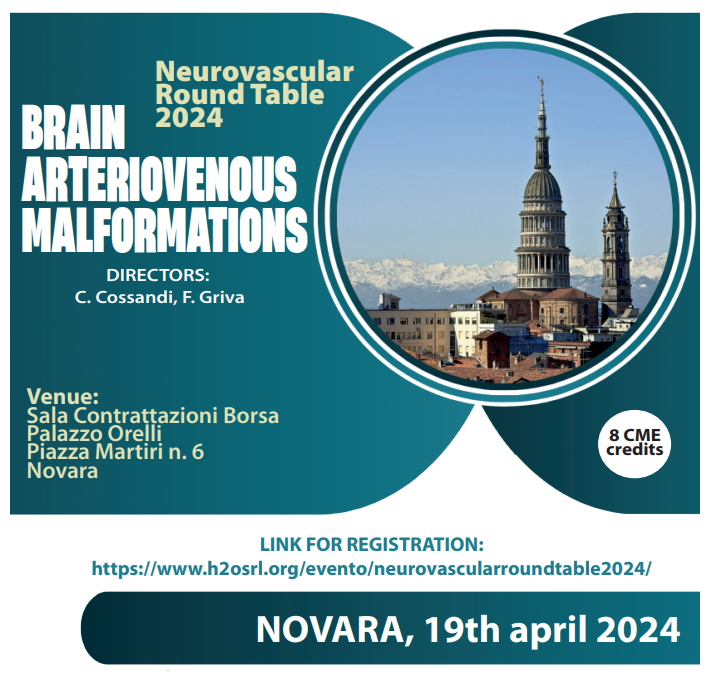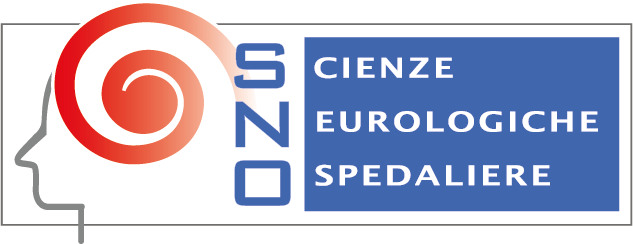- Segreteria SNO
- +39 0687678154
- segreteriasno@morecomunicazione.it
Neurovascular Round Table 2024: Brain Arteriovenous Malformations


Brain arteriovenous malformations (bAVMs) are unusual, dynamic, vascular pathologies consisting of multiple high-flow arteriovenous shunts lacking a capillary bed. Each AVM is unique in terms of location, size, angio-architecture, and flow characteristics, so the correct treatment is extremely challenging. Although bAVMs are believed to be congenital anomalies that develop during the prenatal period, more recent studies have shown that inflammation is associated with their genesis, growth and rupture.
The Spetzler-Martin (SM) grading system and even more the Supplemented Spetzler-Martin grade (Supp-SM) are widely used to predict postoperative patient outcomes and microsurgical risk.
The interventional treatment options include microsurgery, stereotactic radiosurgery, and endovascular embolization.
A tailored approach often comprises a multidisciplinary combination of these modalities, especially for Grade III AVMs.
The appropriate selection of patients with bAVMs for interventional treatment requires balancing the risk of complications against the risk of hemorrhage during the natural course of the pathology.
Moreover, when treatment is indicated, the goal must be the complete eradication of the lesion and a full cooperation of the multidisciplinary team is mandatory.
No definitive guidelines have been established for the management of bAVMs, so that an inspiring meeting to share expertise, successes and drawbacks of several high-volumes centers would represent an oppor-tunity of update and discussion about this controversial topic.
Per informazioni consultare la pagina dell’evento e contattare la Segreteria Organizzativa, H2O srl
Novara, 19 aprile 2024
